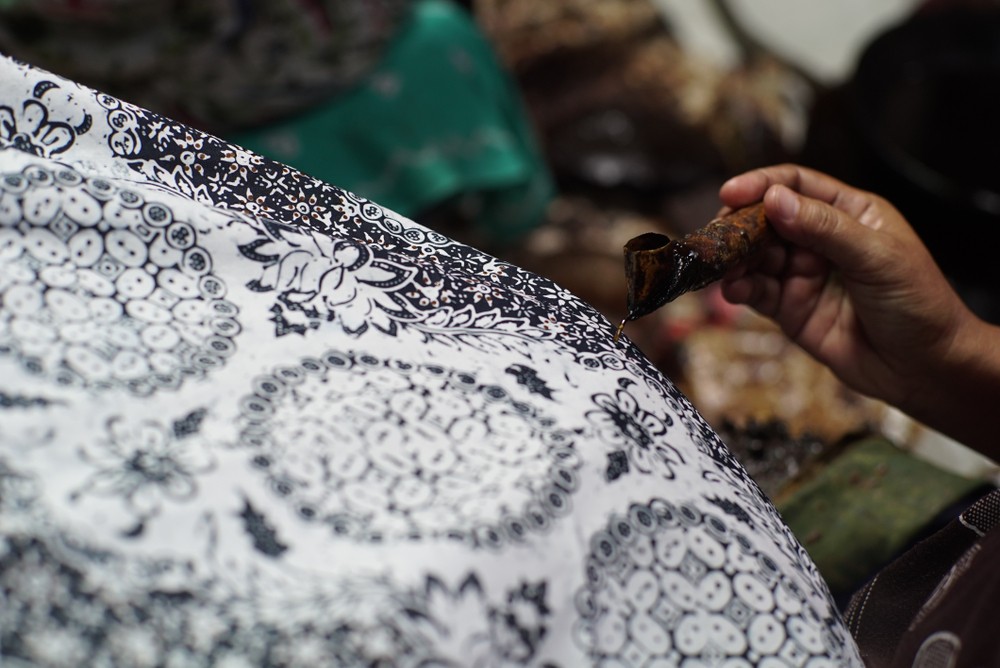Popular Reads
Top Results
Can't find what you're looking for?
View all search resultsPopular Reads
Top Results
Can't find what you're looking for?
View all search resultsNatural-dyed batik businesses flourishing in Yogyakarta
Change text size
Gift Premium Articles
to Anyone
M
ore and more batik businesses in Yogyakarta are using natural dyes for their production. Among the eco-friendly Yogyakarta batik brands are Jolawe and Marenggo Natural Dyes.
As reported by tempo.co, Marenggo Natural Dyes Batik established by Yogyakartan artisan Nuri Ningsih Hidayati uses various natural materials for dyes, from mango, rambutan and marenggo leaves to mahogany, jackfruit, kesumba and teak wood.
All the materials are obtained from around Nuri's home in Berbah, Sleman, Central Java. "Batik that uses natural dyes is healthy for your skin and has a softer color," she told tempo.co.
Natural dyes are also said to make fabric softer to the touch and do not pollute the environment.
Nuri said such batik had its own market, such as shoppers from Jakarta and foreign tourists who are aware of its positive effect on the preservation of the environment.
The artisan added that creating batik tulis (hand-drawn batik) with natural dyes took longer and the craftsmen had to pay more attention to the pattern details on the fabric.
Read also: Differences between printed batik and authentic batik 'tulis’
Prior to being used, the materials must undergo a fermentation process, which is why this type of batik costs more than the synthetic-colored kind.
Another endorser of natural-dyed batik is Paguyuban Batik Tulis Giriloyo in Wukirsari, Imogiri, Bantul, which also collaborates with students of the Indonesian Institute of the Arts in Yogyakarta. "Our lecturers often visit Giriloyo tourist village to conduct research," said one of the students, Sri Utami.
Nur Ahmadi, the head of Giriloyo Batik Tulis Community, said materials for natural-dyed batik were eco-friendly and could be easily obtained from around the artisans' hometown. Nur himself uses a mixture of natural dye ingredients from various plants, such as krungkungan leaves, jolawe fruit skin, mango leaves, indigo leaves and mahogany.
Blue and green moss colors, for instance, are said to come from indigo leaves and jolawe fruit skin, respectively.
Nur said such batik had its own market as it boasted a more complicated level of production. It also takes at least one week to make, while synthetic-colored batik only needs 1-2 days.
Through good quality fashion shows involving designers, Nur is hopeful that natural-dyed batik will become more popular among batik enthusiasts. (kes)











